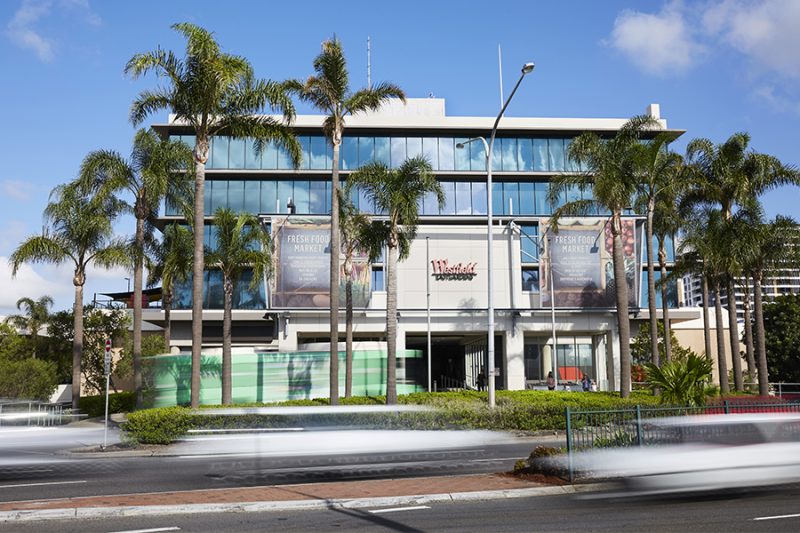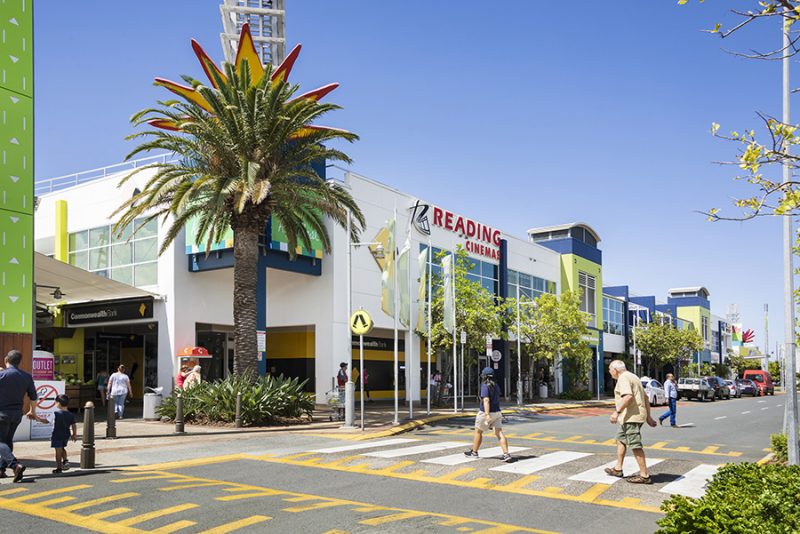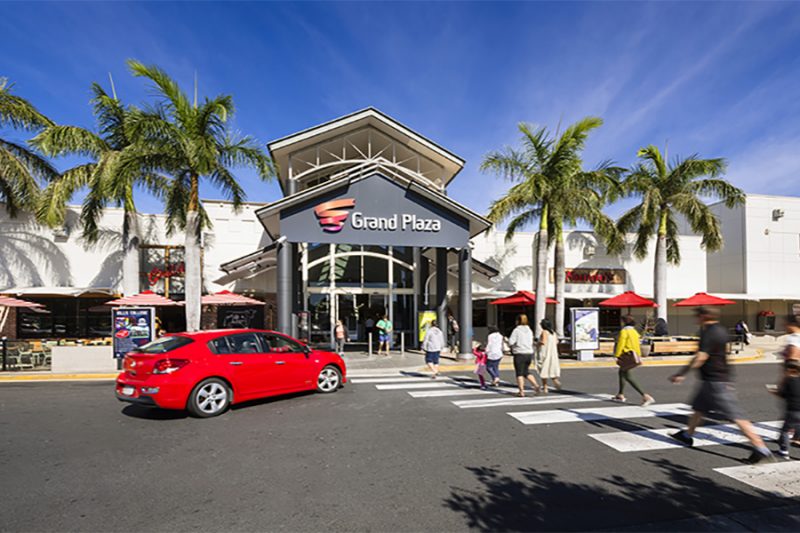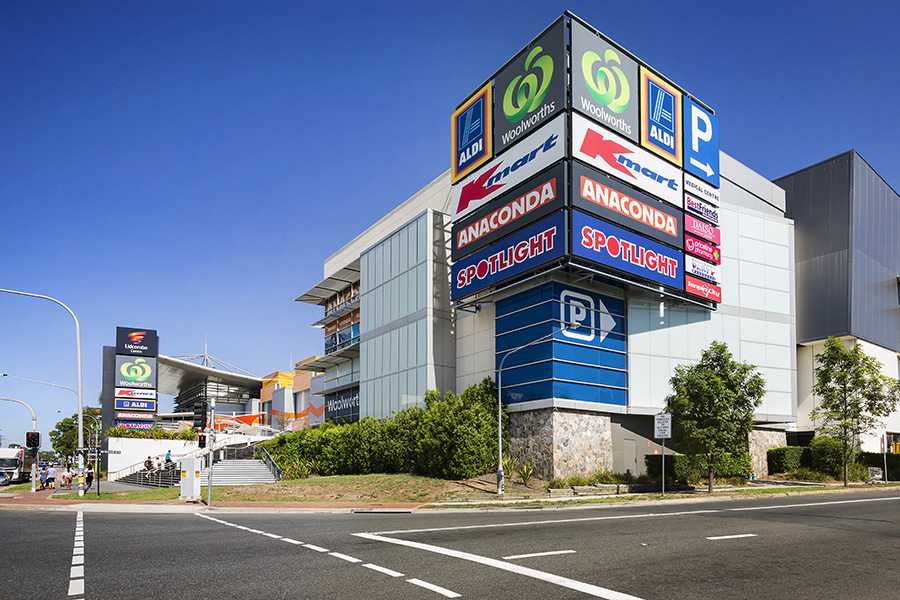JLL’s latest annual Australian Shopping Centre Investment Review and Outlook 2019 talks about the ever evolving retail sector creating opportunities for investors. In 2018, sales volumes remain elevated, recording the third highest level of transactions on record at $8.1 billion. The type of shopping centres sold in 2018 was evenly split across the major shopping centre formats: sub-regional (25%); neighbourhood (23%) and regional (21%). Sub-regional activity increased significantly, with transactions almost doubling from $1.1 billion in 2017 to $2 billion in 2018. Other notable transactions for 2018 included the 50% sale of Westfield Eastgardens for $720 million and the sale of 11 centres from the Vicinity Portfolio to SCA for $631 million.
As Australian retail investment volumes hit the third highest level on record for 2018, the long-term outlook for retail is linked to highly supportive population growth to continue to drive retail spending.
JLL’s Head of Retail Investments – Australasia, Simon Rooney said, “Investor strategies for 2019 continue to focus on retail values, which have held up well relative to retail spending fundamentals. Buyers in 2019 will have more selective criteria which will be reflected in pricing.
“Interest continues to remain strong for Australia’s retail assets because investors can see the value that currently exists due to a number of combining factors, including asset pricing, positive drivers for retail spending and the emerging relative value of yields compared with other asset classes. The widening yield spread between retail and other sectors is likely to encourage some multi-sector investors to re-evaluate opportunities in the retail sector in 2019, particularly if retail spending growth improves.

Westfield Eastgardens
As the retail and shopping centre industries continue to evolve, owners, primarily AREITs, are narrowing their strategies. They are becoming more focused and specialised to extract value and maximize returns. In 2019, we expect to see them focus on smaller, more refined, portfolios of retail assets to maximise returns,” said Rooney.
“Owners will be looking to re-invest into existing assets to extract value and bolster returns. Buyers will take advantage of the relative value emerging in the retail sector given the pricing adjustment that has already occurred. A range of opportunistic investors are reviewing strategies for retail acquisitions in 2019. Change in the retail industry is driving greater liquidity in the investment market given the need to more proactively manage assets and portfolios. Opportunities will emerge for investors to acquire major retail assets, which historically have not been accessible.” said Rooney
The report outlines the trends of the market:
Seven consecutive years of sales volumes above $6 billion
2018 retail investment volumes were the third highest on record as $8.1 billion worth of assets transacted nationally. Annual transaction levels have been above $6 billion for the past seven years, demonstrating the increased liquidity and demand. Two major acquisitions by Scentre Group and SCA Property Group drove most of the investment activity for retail in 2018, accounting for 80% of acquisitions by AREITs.
Rooney said, “The top five transactions by value in 2018 accounted for approximately 34% of total activity. But overall, the availability of investment product was higher in 2018 than previous years, with a number of ‘off market’ opportunities.
“The type of shopping centres sold in 2018 was relatively evenly split between the major shopping centre formats – sub-regional (25%), neighbourhood (23%) and regional (21%). However, sub-regional activity increased notably in 2018, with transactions almost doubling from $1.1 billion in 2017 to $2 billion in 2018. Investors remain attracted to the high sub-regional yields relative to other retail formats.
“Buyers in 2019 will have more selective criteria which will be reflected in pricing. Some AREITS continue to selectively seek out acquisition opportunities but have tightened their criteria. Some opportunistic investors are likely to review strategies towards the retail sector with a view to capitalize on the adjustment in values, especially if the yield spread widens to other sectors.” said Rooney.

Harbour Town, Gold Coast – 25% sold
Trend of privatisation of retail assets to continue in 2019:
AREITS and private investors were the major sources of investment product in 2018 and both groups were active on the buy and sell side of transactions, with total acquisitions largely offsetting disposals in 2018. However, analysis over the past five years shows AREITS have been net sellers of $1.2 billion of assets, while unlisted funds have been net buyers of $4.6 billion.
Offshore investors were less active in 2018 than previous years, but acquisitions were still high by historical standards in value terms.
Rooney said JLL expects more retail assets will transfer from listed to institutional unlisted ownership in 2019 as AREITs continue to refine their portfolios and unlisted funds continue to grow their exposure to retail.
“We expect that major unlisted funds will remain the main buyers of retail assets in 2019. However, we think they will be less driven to acquire than in previous years given that returns for core retail have compressed. Core assets still meet the required return hurdles for unlisted funds, but the spread between required returns and assessed IRRs is narrow,” said Rooney.
The trends of a divergence in asset pricing reflecting the divergence in fundamentals for individual retail assets continued in 2018 as anticipated. Core asset yields stabilised at their record low levels in 2018 while yields for secondary assets softened.
The benchmark for core retail assets (primarily core regional shopping centres) remained unchanged in 2018 at approximately 4.00%-4.25%.
Demographic drivers provide long term upside potential for retail spending:
JLL’s Director of Retail Research, Andrew Quillfeldt said the signs of a small rebound in retail spending in the second half of 2018 was a positive for the retail market, while the age distribution of the population is likely to be supportive of retail spending over the next ten to 15 years.
“While there are still a range of cyclical headwinds, the short-term outlook for retail fundamentals has shown some positive signs. The short-term outlook for retail turnover and leasing is linked to wage growth and a recovery in wage growth has begun and retail turnover growth started to accelerate between July-November last year.

Grand Plaza Shopping Centre (50%) sold for
$215.0 million
A rebound in wage growth will be catalyst for a more sustained recovery in retail spending and subsequently retail leasing conditions. However, the subdued housing market may offset the impact of the improvement in household income.”
“Operating conditions for shopping centre owners are likely to remain broadly stable in 2019, compared with the previous year.” Quillfeldt continued.
“Low supply of new retail space will be supportive of sales productivity. Retail supply per capita was approximately 0.9 sqm in 2018 and is projected to be a similar level in 2019, with averages of just 0.8 sqm per annum to 2022. With supply per capita running at less than half the 25-year historical average, that implies that the market has adjusted for a structural slowdown in retail spending growth, especially given that online sales leakage is less than 9% of total sales,” said Quillfeldt.





















